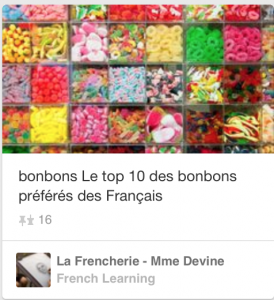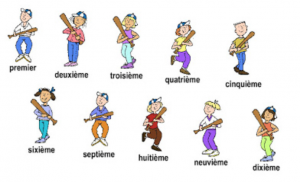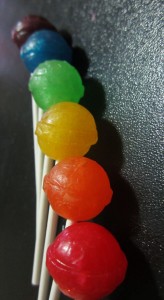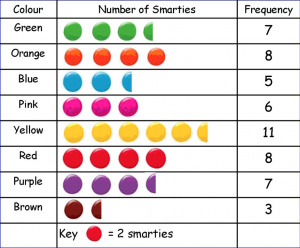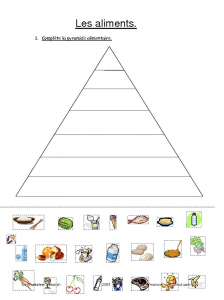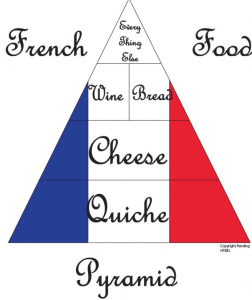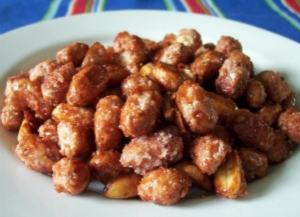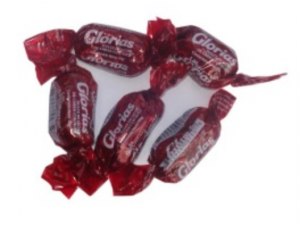 Last weekend I created a survey using SurveyMonkey entitled Twitter thoughts with the aim of ascertaining a range of views on Twitter. I publicised the survey on Twitter and Facebook and asked others to share the link too.
Last weekend I created a survey using SurveyMonkey entitled Twitter thoughts with the aim of ascertaining a range of views on Twitter. I publicised the survey on Twitter and Facebook and asked others to share the link too.
Please could you please spare 2-3 minutes to complete my Twitter survey (and RT!) Thank you! https://t.co/PEQyAJWpLJ — Lisibo (@lisibo) June 13, 2014
Thank you to everyone who responded – the survey limits responses to the first 100 as I don’t have a Pro account (i.e. I used the free version!) and that number was met. I posed the questions in preparation for a presentation on Twitter this weekend at the UK eTwinning Conference in Nottingham; I’ve shared the presentation and some links in my previous post I thought that people would be able to access the results via the link I posted in the presentation but obviously you can’t see the results unless you’re the originator of the survey, and I needed to share so here is the link – Twitter thoughts – a survey Below are the graphics from questions 1-3; you can access the analysis via the link. 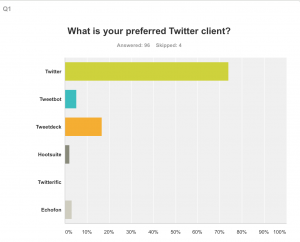 As you can see, it’s a resounding win for Twitter there. The question didn’t ask people to specify whether they meant Twitter.com or the Twitter app so this figure will be an amalgamation of the two. I’d expected more votes for Tweetdeck to be honest.
As you can see, it’s a resounding win for Twitter there. The question didn’t ask people to specify whether they meant Twitter.com or the Twitter app so this figure will be an amalgamation of the two. I’d expected more votes for Tweetdeck to be honest.  Given the people that follow me on Twitter and that fact that most of my Facebook friends that may have filled in the survey are in education, I wasn’t surprised that the highest votes went to CPD, T&L and sharing ideas. I liked the response in the comments section “hearing views from people I might not normally encounter. and funny people” I also thought that the following response was interesting – it’s true that Twitter has become a vehicle for “getting things done” “contacting customer service departments of big companies”
Given the people that follow me on Twitter and that fact that most of my Facebook friends that may have filled in the survey are in education, I wasn’t surprised that the highest votes went to CPD, T&L and sharing ideas. I liked the response in the comments section “hearing views from people I might not normally encounter. and funny people” I also thought that the following response was interesting – it’s true that Twitter has become a vehicle for “getting things done” “contacting customer service departments of big companies”  The graphic for top 3 uses of Twitter baffled me; in fact, I learned more from looking at the statistics which also baffled me at first! The figures are expressed as a percentage of those that rated that option so of the 10 people who rated ‘following celebrities’ in the top 3, 2 put it first (20%), 1 second (10%) and 7 in 3rd place (70%); the three percentages add to 100% Another response I liked was in the notes below this section; the respondent noted that one of their top 3 was “Being nosy at what others are up to” The final section invited comments on the following question:
The graphic for top 3 uses of Twitter baffled me; in fact, I learned more from looking at the statistics which also baffled me at first! The figures are expressed as a percentage of those that rated that option so of the 10 people who rated ‘following celebrities’ in the top 3, 2 put it first (20%), 1 second (10%) and 7 in 3rd place (70%); the three percentages add to 100% Another response I liked was in the notes below this section; the respondent noted that one of their top 3 was “Being nosy at what others are up to” The final section invited comments on the following question:  Three of the eighty five people who responded to the question said that they wouldn’t encourage people to join Twitter; one expanded on this
Three of the eighty five people who responded to the question said that they wouldn’t encourage people to join Twitter; one expanded on this
“I wouldn’t I would just explain how to use it if they are interested and say what I like about it.”
There were lots of responses that mentioned the MFLTwitterati (hardly surprising!) networking and CPD too. There were also several mentions of news and moving information around;
“because it bundles news and you don’t waste time browsing news portals anymore”
“Fastest way to get a message to a wide range of people”
There were mentions of support and being like an online staffroom as well as a place to learn from others.
There was also a respondent who had a more negative view;
“I’ve really gone off of Twitter lately, it’s such an echo chamber, not really seeing anything new, just lots and lots of retweets and old stuff resurfacing”
Some comments I particularly liked –
on relationships –
“It’s a great place to network with like minded people, sharing great practice and when you end up meeting at a conference or cpd event in person it’s like you know them already!”
on CPD and learning
“Where else can you talk/listen to so many knowledgeable people at no cost to yourself apart from your time?”
“Because in these cash-strapped times it gives unlimited access to the best brains in the business and learning opportunities”
on your part in making things work-
“Create your own network which provides exactly what you want from it.”
“Because it’s fun, and you make it want you want to be. And we need the nice people to outnumber the idiots.”
“Loads of potential benefits as long as you realise what it can do.” I think the above comments are particularly relevant; Twitter is what you make it. Sometimes judicious use of the mute, unfollow and even block buttons are needed; sometimes I go off it for periods of time but I’d probably agree with the many positive comments about support, ideas sharing, friendship and learning. Why would you encourage people to join Twitter? “Because it is power”
